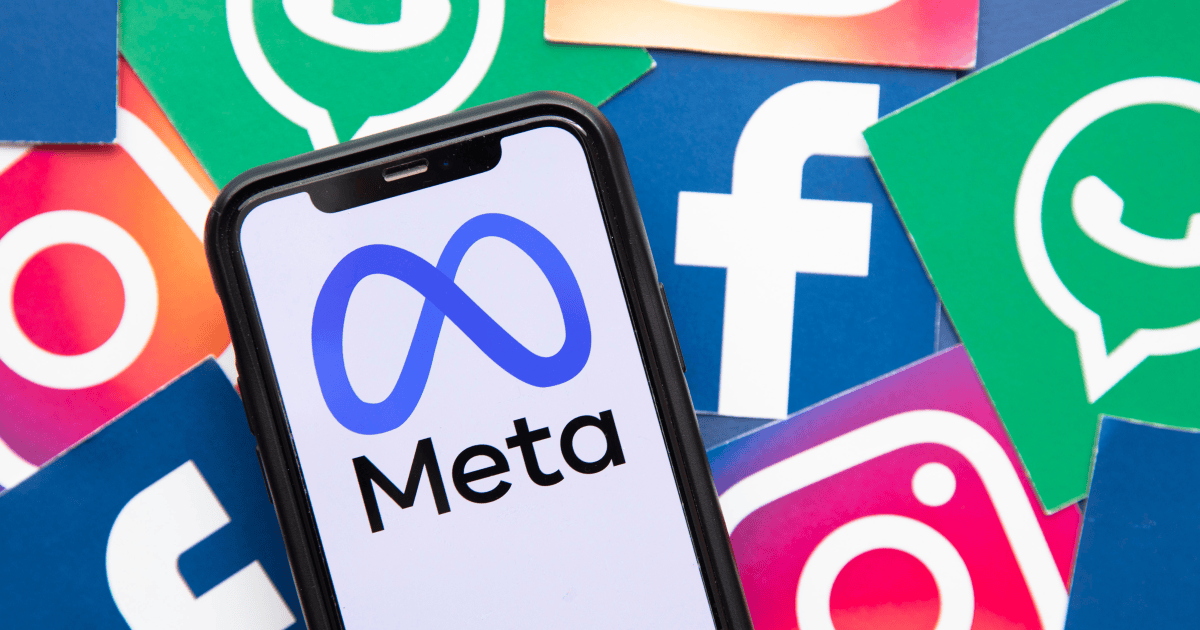If paying on a monthly basis, as soon as you pay for 12 consecutive months, you will receive this perpetual fallback license providing you with access to the exact product version for when your 12 consecutive months subscription started. You will receive perpetual fallback licenses for every version you’ve paid 12 consecutive months for.
So, in your example, you unsubscribe in month 15. This means, you paid 14 months so you get to retain the version from month three (which is 12 full paid months to 14). This means a downgrade to 1.0.x and not to 1.2.x














Other people’s password be like
JetBrains032024
JetBrains042025
Jetbrains052024
…
My JetBrains accounts be like
JetBrains032024@example.com
JetBrains042024@example.com
JetBrains052024@example.com
…